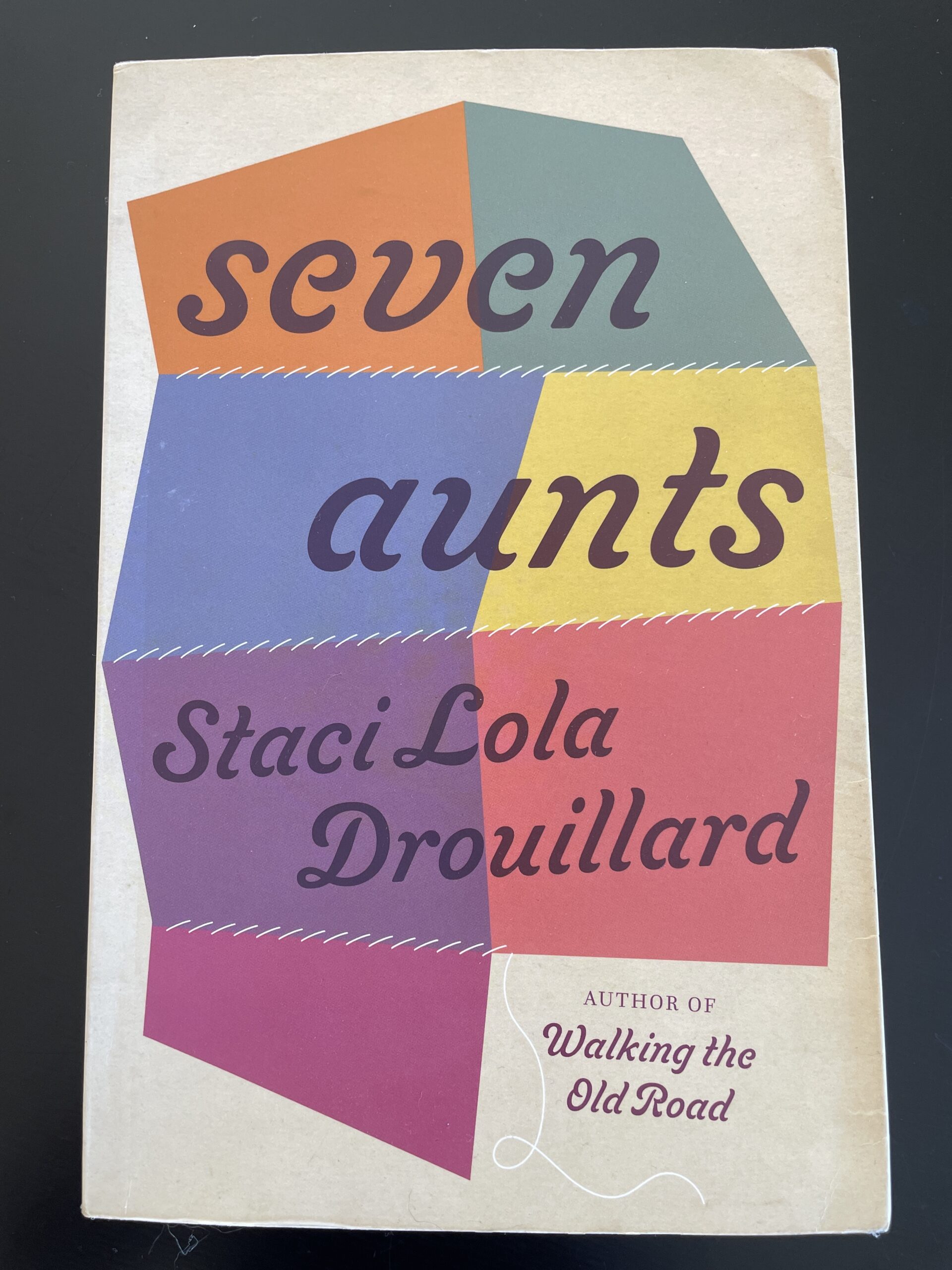This book is about the hidden lives of women. Those who rarely speak out of turn and those who shout their truths to the sky, even though no one is paying attention. The women who will never grace the cover of a magazine because of a scar they have carried with them since they were a baby or because they pulled out all of their own eyelashes, as the case may be. These are the women who will never have a street or road named after them, like I wish each of my aunties had. If I had my choice there would be a Faye’s Way, Lila Lane, Doreen Drive, Gloria Boulevard, the Betty Memorial Highway, Carol Cove, and Diane Scenic Byway. Because the truth is that our grandmothers, mothers, and aunties have all committed great acts of heroism, devotion, and self-sacrifice so that the people they love might have a chance at being seen one day. And, like the lives of these women, the collective hurts that accompany their lived experiences are many, which, like the women themselves are often hidden in plain sight. If I am being completely honest, some of my aunts were invisible even to me, until I started collecting stories and writing about their lives. But when you begin to see, there’s no way to unsee. It’s all there in Technicolor. If my seven aunties were part of a quilt, there would be unusually shaped patches, boast a diversity of patterns, and be bound together with multiple colors of thread. This quilt would have bloodstains on it, from childbirth and the pain of dying. It would have dirt ground into it, from being dragged through the farm fields of Warba in northern Minnesota, and tattered rips in the fabric, from being caught on the scratchy branches of a black spruce tree on the North Shore of Lake superior. There would be watermarks from an ocean of salty tears, and embroidered flowers in brightly colored floss – sunflowers, pussy willows, marsh marigolds, and thorny, wild roses.
to honor these women, I am shouting out, stitching together, reciting, rhyming, quietly stirring, and at times delicately whispering these real stories about seven women who matter a lot. The truth is that without each of them our extended family would have crumbled into pieces, like a cake made without eggs. It is also true that without each other, their shared lives as sisters, wives, and mothers would have been much mightier struggles than they already were. The things all these women share in common with girls born into large, impoverished, Midwestern families are the things they carry with them, far beyond the edge of the woods and many, many miles past the nearest neighbor’s fields. Their identity as girls – and leader as wives, mothers, aunties, and grandmothers – places them as heroines at the center of the world stage, in a society that tries persistently to keep them hidden away in the wings. And so, this book is a testament to the extended family of culturally overlooked women who were born between the Great Depression and the start of World War II. It’s the story of women and girls from a long time ago, and the story of girls and women today. It feels good to make them the shining stars of the show because that’s how I imagine all of them.
On these seven roadways named for seven aunties are a multitude of houses. Some are single-family units tucked inside low income apartment buildings and some are big isolated farmhouses with horses and three-legged German Shepherds. My seven aunties all set up housekeeping in a number of places – from Weyauwega and Milwaukee in east central Wisconsin, to the northern Minnesota towns of Warba, Skunk Hollow, Taconite Harbor, Duluth and Grand Marais. Some of them moved very far away for a time, and many of them tried to fit into the big cities of Minneapolis, St. Paul and Chicago. In the end, all of them eventually came back home to the North Shore of Lake superior.
My Aunt Lila once told me that she loved me “no matter what.” I write about each of my seven aunties with this kind of unconditional love in my heart, just like Aunt Lila taught me to do. All seven of my aunties belong to me unconditionally, and I to them. Each woman’s story is vital to tell – not because they were famous astronauts, inventors, politicians, or war heroes, but because they had the courage to live in this world at all. And that, for me, is enough.
Comprehension Questions
1. The lives of the women in this book were born in which era?
A. They were born around the time of the Civil War.
B. They were born between the time of the Great Depression and World War II.
C. They were born in the 1950s.
A. They were powerful leaders in their communities.
B. So readers can learn about Native American philosophy.
C. She sheds light on the devotion and tenacity of women who helped her extended family survive.
Your Thoughts
Vocabulary
4. List any vocabulary words below.

